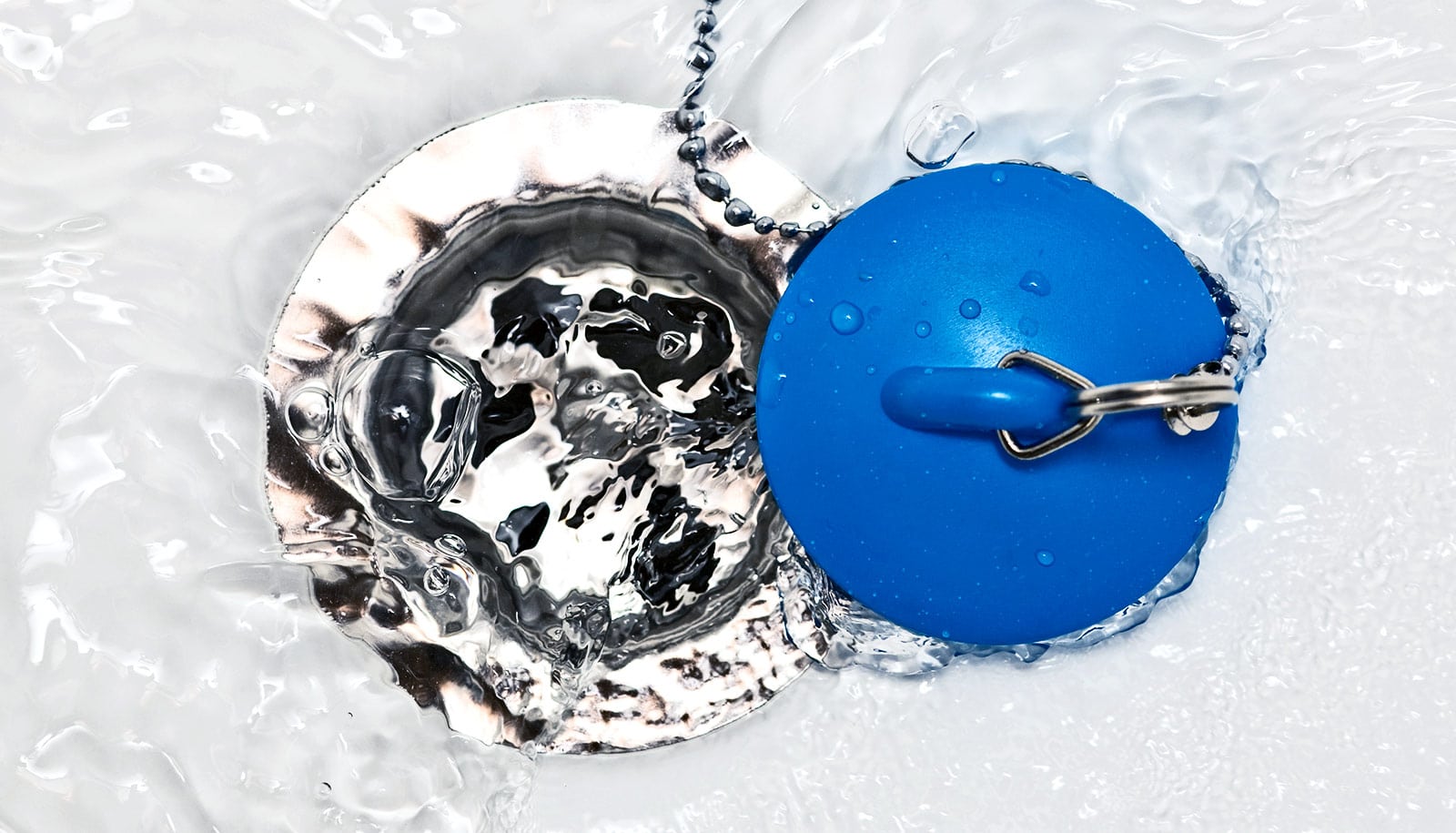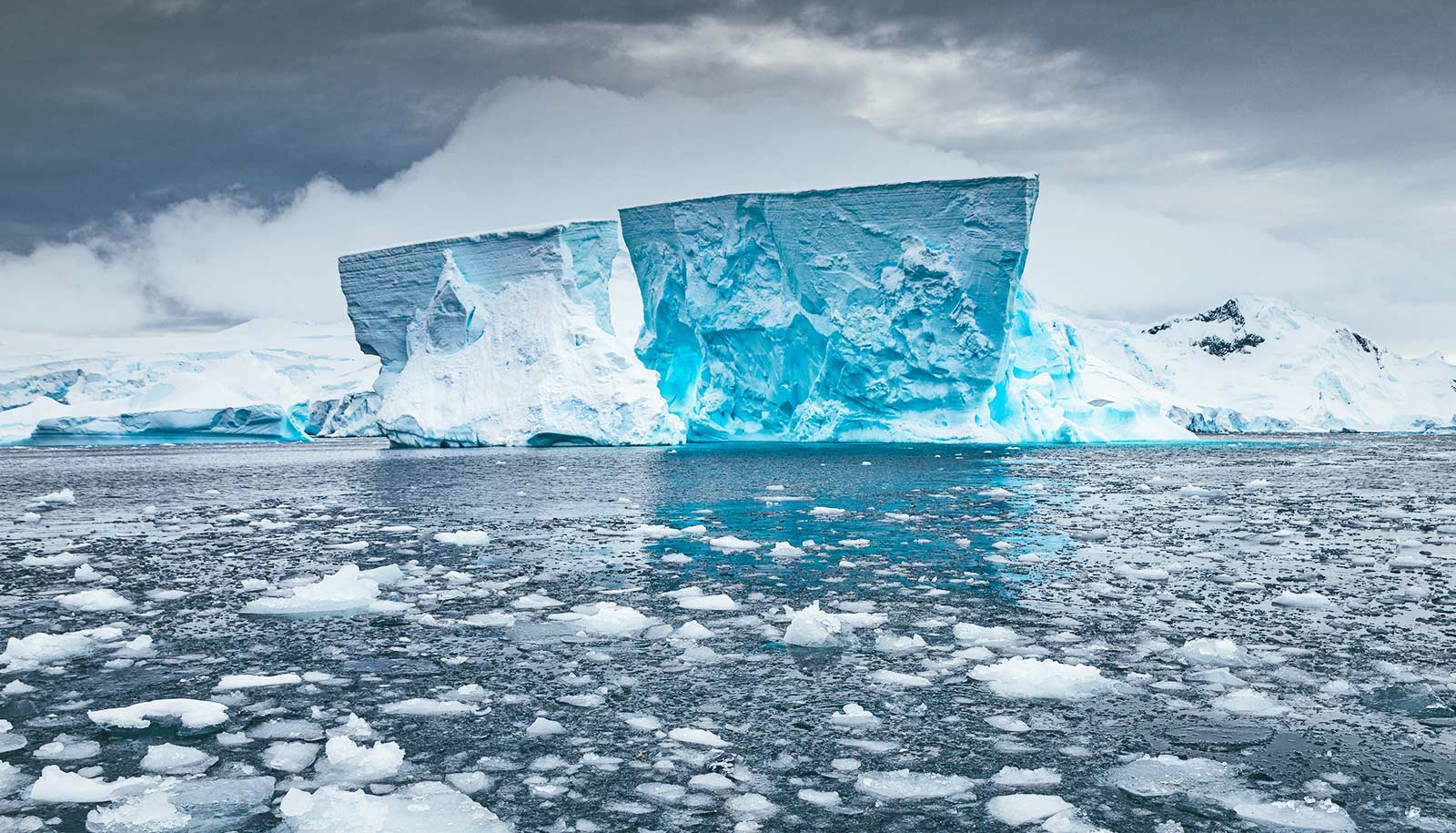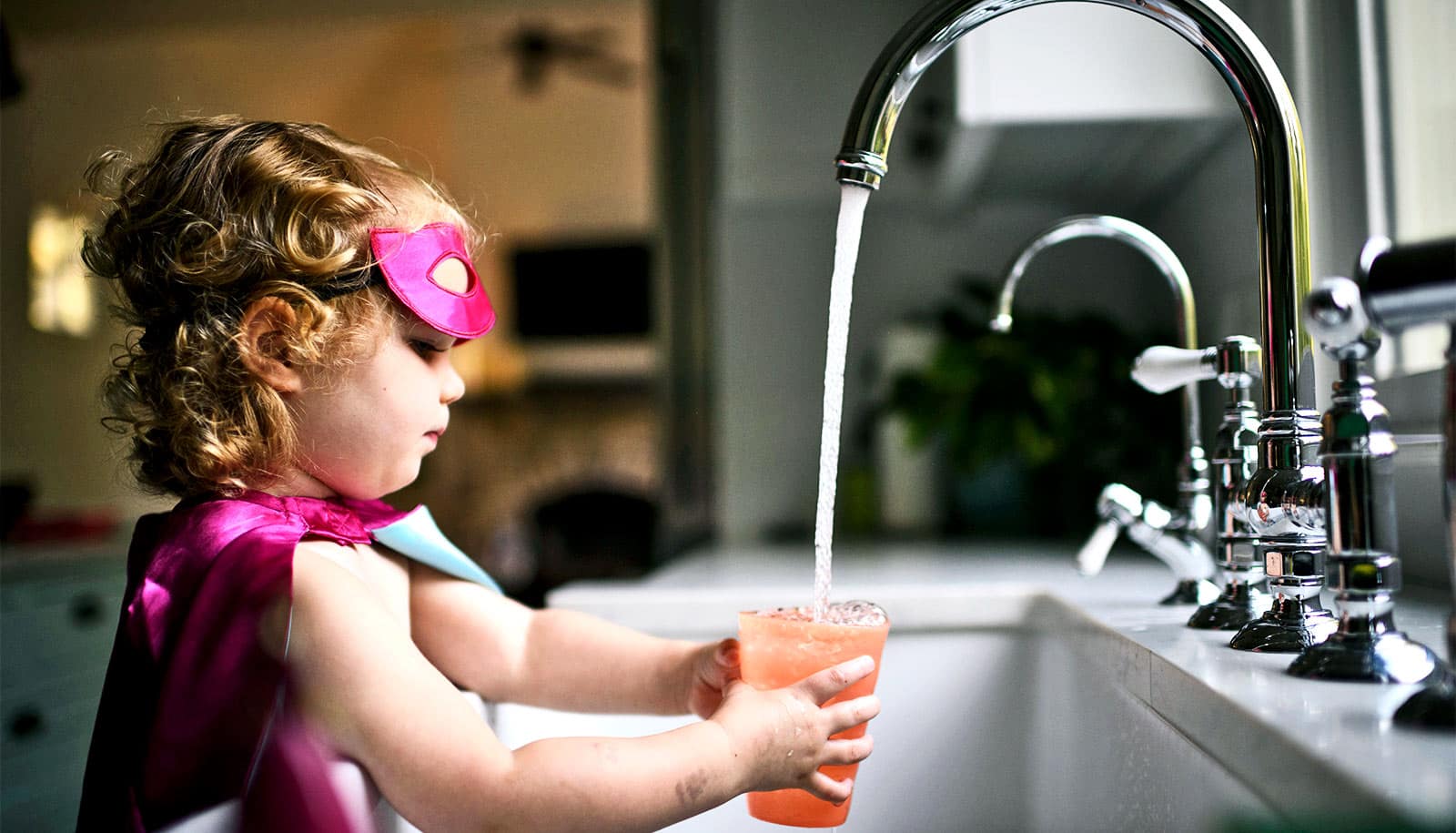Marine debris, or flotsam, clumps together as it moves on the surface of the ocean, new research featuring the largest flotilla of sensors ever deployed in a single area suggests.
Researchers placed hundreds of drifting sensors in the Gulf of Mexico near the site of the Deepwater Horizon oil spill to observe how material moves on the ocean’s surface. Rather than spread out, as current calculations would predict, many of them clumped together in a tight cluster.
The findings, which appear in the Proceedings of the National Academy of Sciences, hold promise for the cleanup of marine pollution and have wider implications for ocean science.
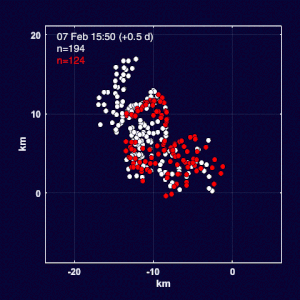
“To observe floating objects spread out over a region the size of a city concentrate into a region smaller than a football stadium was just amazing,” says first author Eric D’Asaro, professor of oceanography at the University of Washington. “We knew there would be some concentration, but the magnitude seen was quite stunning.”
Textbook science would predict that material in the ocean would simply diffuse—that is, move apart or flow with the currents. But recent research has begun to explore the role of oceanic fronts and vortexes, and a 2015 study showed that small-scale eddies push phytoplankton down to hundreds of feet below the water’s surface.
Ocean clean up
The new study shows that these eddies can draw in flotsam from a wide area. If scientists could somehow observe or predict this funneling behavior, it might help to clean up oil spills or recover marine plastics and other floating debris.
“The hope is to apply this in ocean cleanup projects, but first we have to figure out how to observe or predict where these concentrations will occur,” D’Asaro says.
For the 2016 field campaign, coauthor Tamay Özgökmen and colleagues at the University of Miami designed inexpensive drifting sensors that are built from biodegradable plastic so that hundreds can be deployed at a time.
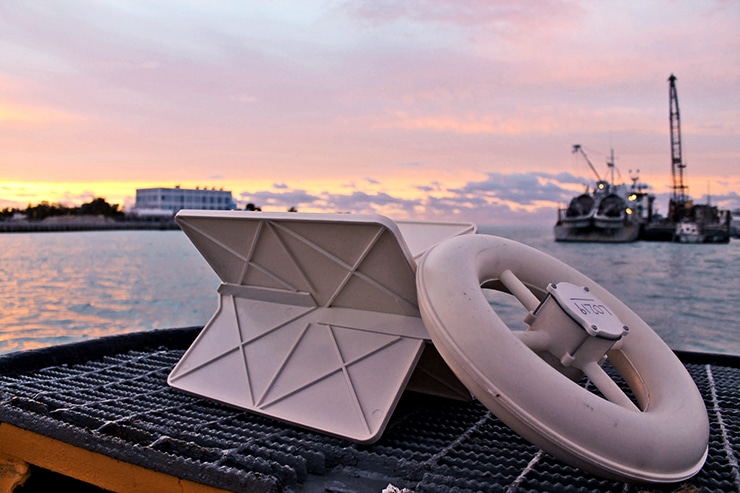
During a winter cruise, the team placed the instruments about 75 kilometers from the mouth of the Mississippi River, in an area where fresh, cold river water meets saltier, warmer, and denser water from the Gulf of Mexico. The cruise deployed more than 1,000 drifters, making it the largest-ever deployment of individually-trackable ocean drifters in a single location to see how they behave as a group.
The experiment that’s the focus of this study dropped 326 drifters in a grid with 1 kilometer spacing over the course of about 16 hours. Eight days later, roughly half the drifters were contained in a circle the size of 60 meters (200 feet), an area 400 times smaller than when they began. Underwater observations show a bulge of seawater plunging down simultaneously in this location.
“It is much like the spinning vortex that forms in a bathtub: Water sinks in a small region, but water from much larger region moves toward the vortex,” D’Asaro says.
The drifters are buoyant and stayed floating on the surface. They remained clumped together for about 10 days and then slowly dispersed over the following weeks. Meanwhile the other half of the drifters simply spread out over an area of 100 kilometers, as traditional calculations would predict.
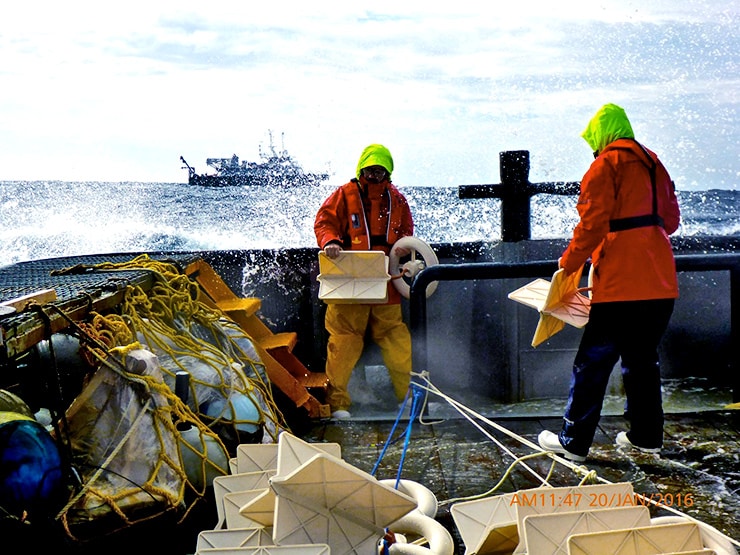
“This is probably how the vertical exchange in the ocean ultimately works,” says second author Andrey Shcherbina, an oceanographer at the University of Washington’s Applied Physics Laboratory. “Even though we think about ocean mixing as a large-scale process, once we start looking closer we begin to realize that it might actually happen episodically, on very small scales, at select hotspots that flash here and there.”
The findings also have wider implications for how the ocean behaves. If mixing happens at smaller scales, and less buoyant material gets sucked down into the vortex, then finer-grained models could better capture processes such as blooms of marine plants, carbon transport, and water circulation.
Watch: We could clean up oil spills with this reusable sponge
“There have been increasing theoretical reasons to believe that something like this should happen, and some previous measurements which supported those ideas,” D’Asaro says. “But I think this will be a landmark experiment, because it is so dramatic and easy to understand.”
The Gulf of Mexico Research Initiative funded the work. Other coauthors are from the University of Washington; the University of Miami; the University of Victoria; the University of California, Los Angeles; the University of Delaware; Columbia University; the College of Staten Island; the National Center for Atmospheric Research; and the Naval Research Laboratory.
Source: University of Washington
